
The Inca people hailed from a mountainous area of the central Andes. The civilisation flourished in this lofty landscape, finding ways to make the most of its resources and overcome its challenges. Maize was grown in the valley bottoms and irrigated terraces, and potatoes provided abundant crops even on steep slopes. Other crops included quinoa, beans and chillies. Domesticated llamas and alpacas, pastured on highland grasses, were important for their fleece and meat as well as their dung, which was used as a fertiliser and fuel. Guinea pigs were kept in kitchens where they ate scraps, or in larger numbers in Inca state facilities, and were cooked by roasting over fires.
Harnessing the technical innovations of earlier societies, the Inca invested in huge amounts of labour to construct terracing, canal systems and roads, and to manage vast camelid herds. And they had cracked storing food. Large quantities of crops were kept in state storage buildings, preserved by the cool Andean air and providing essential provisions for large work crews and armies. Both meat and potatoes were also preserved by freeze drying’, exposing them to the frozen nights and then the searing sun for several days to produce chunio dried potatoes) and ch’arki dried meat a possible origin of the English word, jerky).
As the empire expanded, the Inca gained access to new environments as well as even more diverse resources. Eventually, they boasted the cotton fields of the coast, the abundant fish of the Pacific Ocean, the coca of the cloud forest, and the hardwood and feathers of Amazonia. But the main resource in all these regions was human labour. People planted crops using a foot plough), worked stone with hammers) and transported loads when they were too heavy for llamas to carry.
ANCESTORS AND ALLIANCES
Esta historia es de la edición April 2023 de History Revealed.
Comience su prueba gratuita de Magzter GOLD de 7 días para acceder a miles de historias premium seleccionadas y a más de 9,000 revistas y periódicos.
Ya eres suscriptor ? Conectar
Esta historia es de la edición April 2023 de History Revealed.
Comience su prueba gratuita de Magzter GOLD de 7 días para acceder a miles de historias premium seleccionadas y a más de 9,000 revistas y periódicos.
Ya eres suscriptor? Conectar

'Dickens's evocation of the fears, excitement and confusion of childhood is peerless'
DR LEE JACKSON ON WHY CHARLES DICKENS REMAINS RELEVANT TODAY
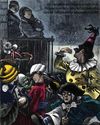
THE AUTHOR GOES ABROAD
Dickens expanded his horizons and boosted his fan-base by venturing overseas - but global fame came with a cost
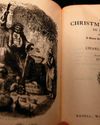
REVIVING THE FESTIVE SPIRIT
A Christmas Carol wasn't just a bestseller - it changed the way that Britons chose to mark the festive season

GIVING THE POOR A VOICE
From Hard Times to Oliver Twist, Charles Dickens used his pen to help illuminate the lives of the less fortunate
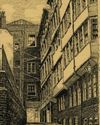
A JOURNEY THROUGH DICKENS'S LONDON
The works of Charles Dickens are synonymous with visions of Victorian London. We talk to Dr Lee Jackson about the author's love of the capital, and the locations that most inspired him

EXCEEDING EXPECTATIONS
Dr Lee Jackson chronicles Charles Dickens's journey from down-at-luck teenager to titan of Victorian literature
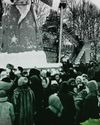
GIFTS, TREES & FEASTING
We take a journey through the photo archives to reveal how Christmas and its many traditions have been celebrated over the years - and around the world

WHAT GREAT PAINTINGS SAY
We explore the story behind an allegorical painting that celebrates the triumph of love over hate, peace over war
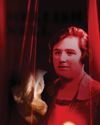
HELLISH NELL
Malcolm Gaskill delves into the life of Helen Duncan - the fraudulent Scottish medium whose ectoplasm-filled seances saw her ending up on the wrong side of the law
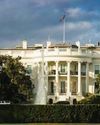
7 THINGS YOU (PROBABLY) DIDN'T KNOW ABOUT THE WHITE HOUSE
Presidential historian Dr Lindsay M Chervinsky reveals some of the most surprising facts about the world-famous US residence
